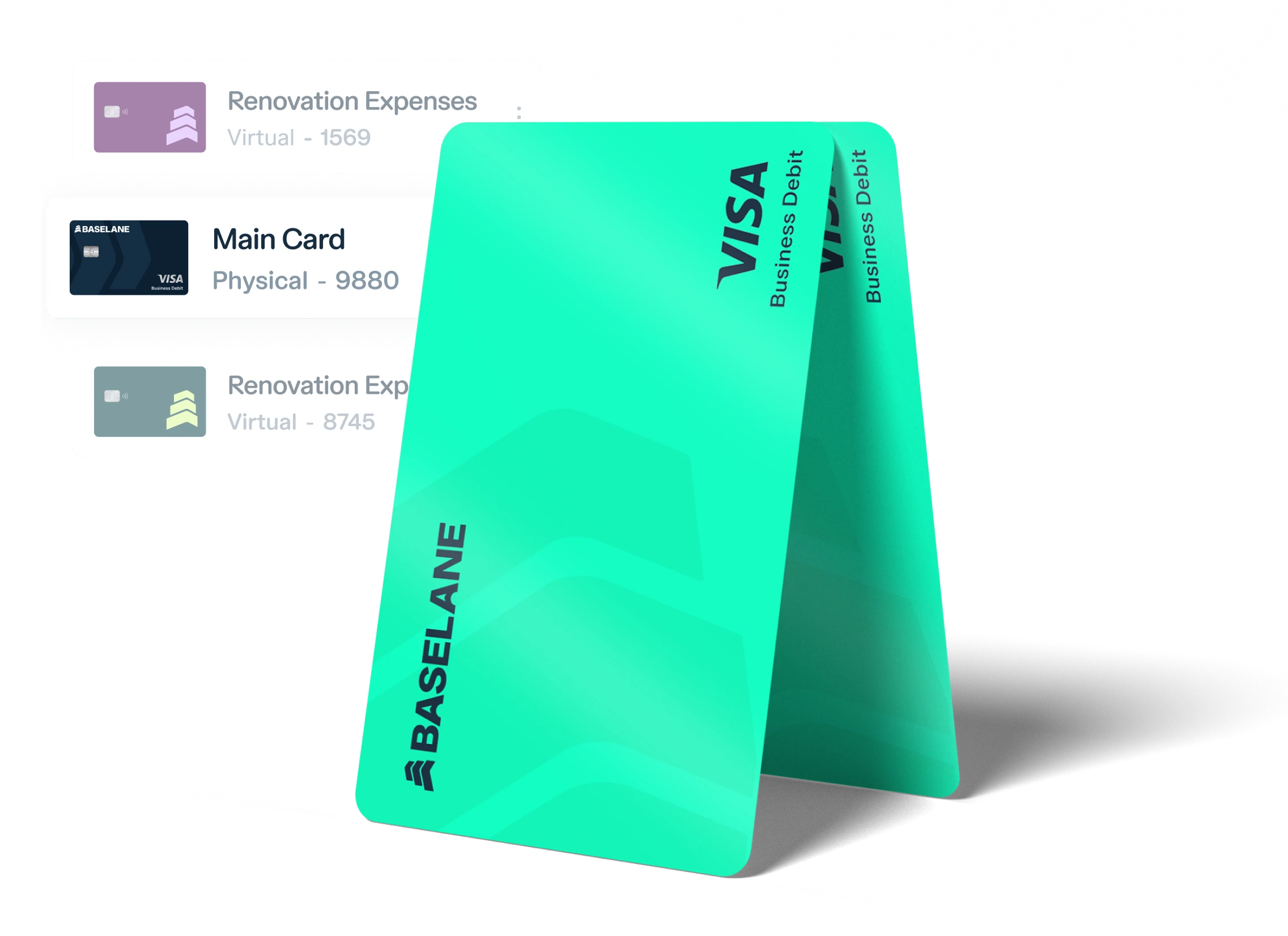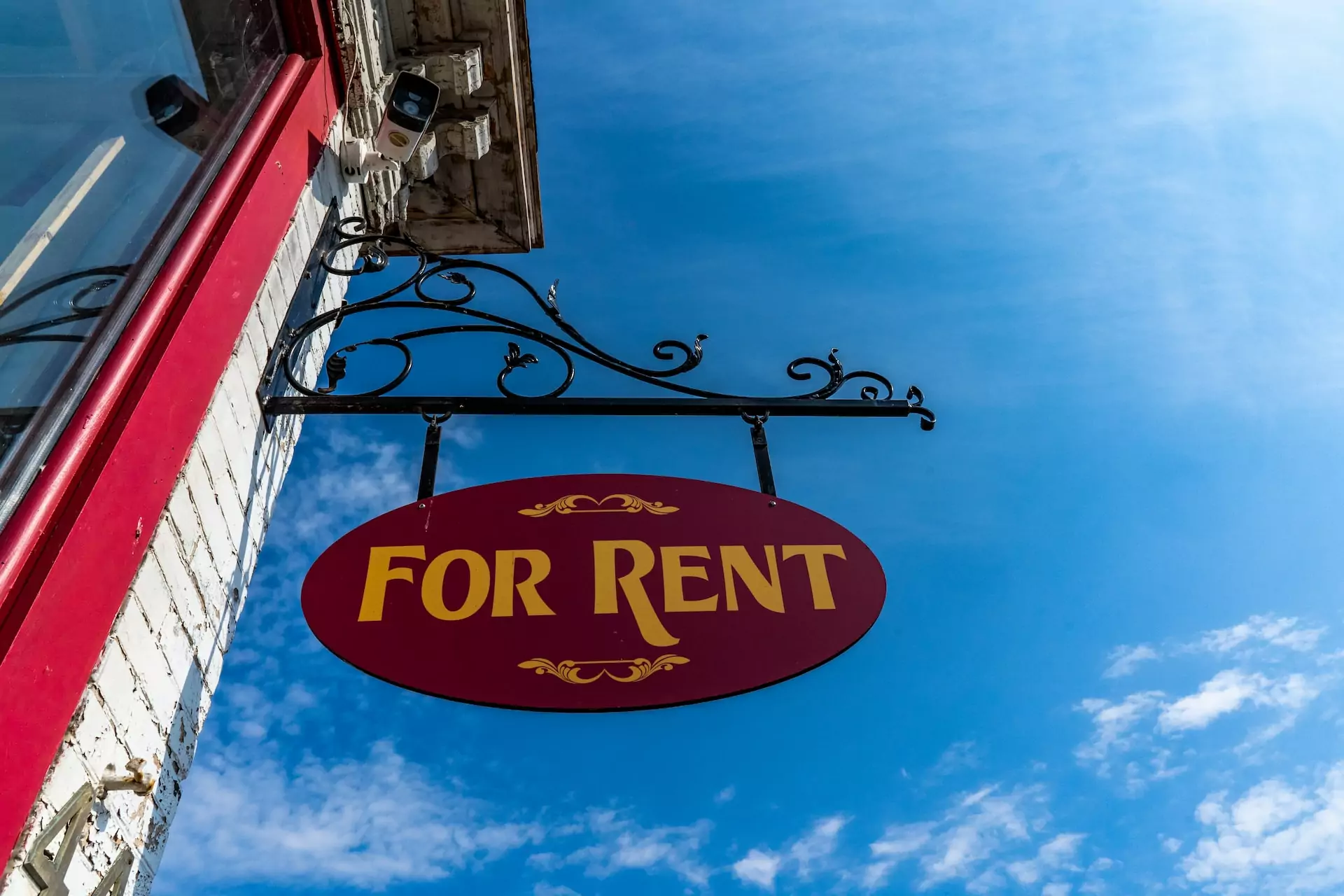As a landlord, managing finances effectively is key to profitability. Collecting rent reliably and efficiently can be one of the most challenging tasks. Traditional methods like paper checks often lead to delays and manual reconciliation nightmares. Automated Clearing House (ACH) payments offer a modern solution.
Key takeaways
- ACH payments transfer funds electronically between bank accounts through a secure network.
- For landlords, ACH enables reliable, automated, and often lower-cost rent collection.
- Tenants benefit from convenience, autopay options, and avoiding paper checks.
- Setting up ACH requires tenant authorization and can be done via banks or dedicated software.
- ACH via property management software offers significant automation and reconciliation benefits over traditional methods.
What is ACH, and why is it relevant for landlords?
ACH stands for Automated Clearing House. It is an electronic network used for financial transactions in the United States. This network facilitates the movement of money between bank accounts. These transactions can be credits (pushing money, like direct deposit) or debits (pulling money, like bill payments).
For landlords, ACH is highly relevant because it allows for the electronic transfer of rent directly from a tenant’s bank account to the landlord’s bank account. This method bypasses the need for physical checks. It provides a digital way to handle recurring income. This is often considered the best way to collect rent from tenants for many landlords.
The Growing trend of ACH in rent collection
The rental market is increasingly moving towards digital payments. According to The Clearing House, the overall U.S. ACH network volume increased by 6.2% in 2024. Nacha reported that the total value of ACH payments processed in the U.S. reached $22.1 trillion in 2024, a 6.6% yearly growth.
Specifically for rent, ACH is a dominant electronic payment method. According to Baselane insights, ACH accounts for 64.8% of rent transactions on digital platforms as of 2025. Despite nearly half of all renters still paying by check, the trend towards digital, particularly ACH via platforms, is clear.
The ACH rent payment process
The ACH process involves several steps, moving money electronically through the network. It starts with authorization from the tenant. The landlord, or their payment processor, initiates the payment request. This request is sent through the ACH network.
The request goes from the originating bank to the receiving bank. Funds are then transferred and settled between the banks. Finally, the transaction is confirmed. This entire process typically takes 1-3 business days. Some modern systems may offer Same-Day ACH.
Benefits of ACH rent payments for landlords
Using ACH for rent collection offers numerous advantages for property owners. It brings reliability and predictability to your income stream. Setting up recurring payments can help ensure rent is paid on time.
ACH payments are also typically much cheaper for landlords than accepting credit card payments. According to Aeropay and Multifamily Dive, ACH is often 50-70% cheaper. This cost saving can significantly impact your bottom line.
Furthermore, ACH enables powerful automation. Platforms facilitating ACH can send automated reminders before rent is due. They can also apply late fees automatically if rent is not paid. This automation reduces manual effort significantly, providing valuable rent collection tips.
According to Baselane insights, landlords use ACH to reduce late payments, automate reminders, and simplify bookkeeping. Improved cash flow management is another key benefit. With electronic payments, you get a clear digital trail of income.
Why tenants prefer paying rent with ACH
ACH isn’t just beneficial for landlords; tenants also find it convenient. They can set up recurring automatic payments. This means they don’t have to remember to write and mail a check every month. It simplifies their financial routine.
Compared to using credit cards, paying via ACH typically avoids transaction fees for the tenant. This makes it a more cost-effective payment method for them. ACH transactions provide a clear digital record. This offers both security and traceability for their payments.
ACH Transfer Fees
The cost of ACH transfers for landlords can vary. Fees are usually structured per transaction. Some platforms might also charge a monthly fee for access. Using a standard bank setup for ACH might have different fees than using specialized property management software.
For example, a traditional bank might charge a flat fee per debit transaction. Property management software often includes ACH in its pricing structure. The cost impact of fees can depend on whether the landlord absorbs them or passes them to the tenant.
According to Multifamily Dive, companies absorbing ACH processing fees saw much higher digital payment utilization (84.71%) compared to when fees were passed to residents (47%). This suggests that covering the fee might encourage tenant adoption. These costs are often lower than the fees a property manager charges for rent collection services.
How to set up ACH rent payments
Landlords have two primary options for setting up ACH rent payments. The first is working directly with your bank. This often involves manual setup and managing authorizations yourself. It might require using online banking portals or specific bank forms.
The second, and often more streamlined, option is using property management software or dedicated rent collection apps. These platforms are designed specifically for rental transactions. They automate the process from tenant authorization to fund deposit and reconciliation.
Modern solutions within these apps often use secure bank linking via APIs. According to Aeropay, this avoids the manual entry of sensitive account and routing numbers. This approach enhances security and simplifies the setup process for both landlord and tenant.
Choosing the right software can simplify managing your [property management bank account structure]. Platforms like Baselane offer integrated banking and rent collection. This allows for seamless ACH processing and automatic reconciliation. FDIC insurance available up to $3M¹ for funds deposited through Thread Bank; Member FDIC.¹ Pass-through insurance coverage is subject to conditions.
Open unlimited accounts for properties and security deposits with no monthly fees.
How tenants set up ACH payments
From a landlord’s perspective, guiding tenants through the ACH setup is straightforward with the right tools. Typically, the tenant needs to provide their bank account and routing number. They also need to provide explicit authorization for the landlord or payment processor to debit their account for rent.
Modern rent collection platforms simplify this. Tenants might be prompted to securely log in to their bank through the platform. This method verifies account details without the tenant manually typing sensitive information. Authorization is usually confirmed electronically within the platform.
Security and legality of ACH rent payments
The ACH network is a secure and established system for electronic funds transfer. Transactions are processed through regulated financial institutions. Modern payment platforms add layers of security, often using encryption and bank linking technologies to protect sensitive data.
However, it is crucial to obtain explicit authorization from your tenant before initiating ACH debits. According to Stessa, obtaining explicit permission from tenants is required by law and regulation. This authorization confirms their consent for recurring deductions.
Regarding the legality of requiring ACH for rent, insights from Reddit and TenantCloud FAQs suggest nuances. While landlords can make ACH a condition of the lease, it might be illegal in some areas to only require ACH without offering any alternatives. Landlords should consult local regulations and legal counsel to ensure compliance.
How to handle common ACH issues
Occasionally, an ACH payment may fail. Common reasons include insufficient funds (NSF) in the tenant’s account or the account being closed. When a payment fails, the landlord receives notification, typically within a few business days.
Landlords should have a clear process outlined in the lease for handling failed payments. This may include late fees and instructions on how the tenant should resubmit payment. Persistent issues might require pursuing the steps needed to collect unpaid rent. Property management software often automates notifications for failed payments. Some platforms may also assist with steps for handling disputes.
Choosing the Right ACH Rent Payment Solution
Selecting the right tool is essential for leveraging ACH effectively. Look for platforms that offer integrated features beyond just payment processing. Solutions should ideally combine rent collection with bookkeeping and banking. This creates a single source of truth for your rental finances.
Consider platforms with automation features like late fee application and payment reminders. Secure tenant authorization methods, such as direct bank linking, are also important. Baselane offers an integrated solution. Its Banking Platform, Rent Collection, and Bookkeeping tools work together. This streamlines receiving ACH rent payments and automatically categorizes them for tax purposes. This helps landlords improve efficiency and gain financial clarity. Consider exploring different rent collection apps for landlords to find the best fit for your needs.
Bottomline
Adopting ACH for rent collection is a strategic move for landlords seeking efficiency and reliability. It offers significant benefits in terms of speed, cost, and automation compared to traditional methods. While setup requires proper tenant authorization and consideration of legal nuances, the advantages for managing your rental business are substantial.
Modern property management software simplifies the ACH process greatly. Platforms like Baselane integrate banking, rent collection, and bookkeeping. This allows you to streamline operations, gain clearer financial insights, and focus on growing your portfolio. Transitioning to ACH can help you take back time, gain clarity and control over your finances, and grow your passive income.
FAQs
An ACH rent payment is an electronic transfer of funds. Money moves directly from a tenant's bank account to a landlord's bank account. It happens through the Automated Clearing House network.
ACH transfers for rent typically settle within 1 to 3 business days. Some modern payment systems may offer Same-Day ACH processing. The exact timing can depend on the banks involved and the processing platform used.
Yes, ACH payments are generally considered secure. The network is regulated, and transactions are processed through secure banking systems. Using reputable payment platforms that employ modern security measures enhances safety.
Landlords can often make ACH a required payment method in a lease agreement. However, it may be illegal in some jurisdictions to require only ACH without offering alternative methods. Landlords should verify local laws.
Tenants typically update their bank information through the payment platform or directly with the landlord. If using property management software, there is usually a secure process within the tenant portal. Landlords managing the process must ensure proper re-authorization.
No, ACH payments draw funds directly from a bank account using account and routing numbers. Paying rent with a credit card uses a different payment network (Visa, Mastercard, etc.) and involves different fees and processes. Some payment platforms may offer both options, but they are distinct.
Tenants can typically cancel a scheduled recurring ACH payment through the online payment portal or by notifying their landlord according to the lease terms. Landlords can also cancel scheduled debits through their payment processing platform before initiation. Tenants can dispute unauthorized transactions through their bank.








